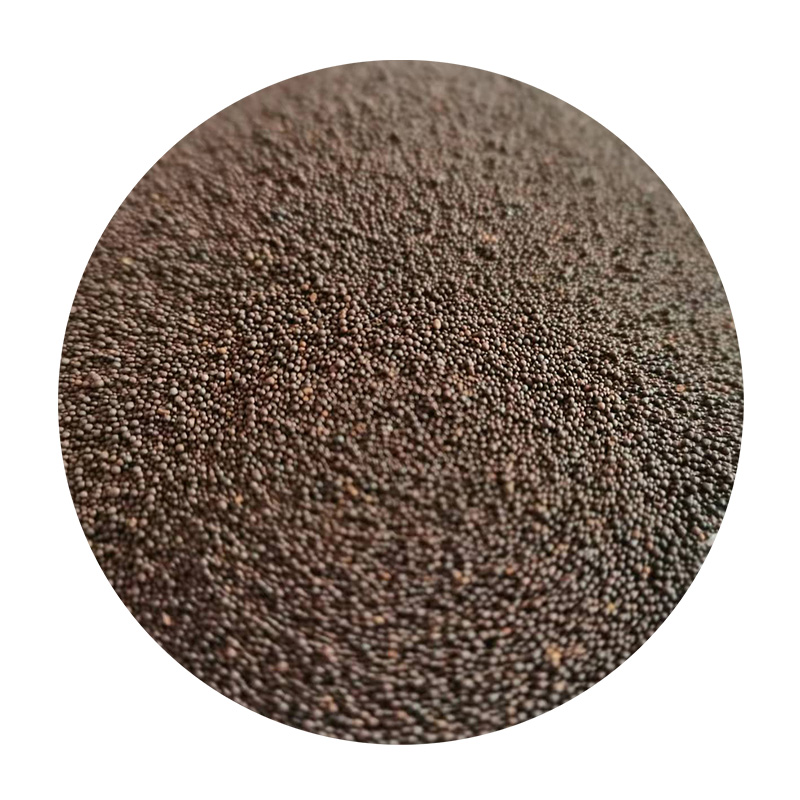Exploring the Price Trends of Ceramic Sand A Comprehensive Analysis
Ceramic sand is a specialized type of sand made from a mixture of various raw materials that typically includes kaolin, alumina, and silica. It has garnered significant attention in recent years due to its unique properties and versatility across various industrial applications, including oil extraction, construction, and metallurgy. As industries continue to evolve, understanding the price trends of ceramic sand becomes crucial for stakeholders ranging from manufacturers to consumers. In this article, we will delve into the factors influencing ceramic sand prices, recent market trends, and future projections.
Factors Influencing Ceramic Sand Prices
1. Raw Material Costs The prices of raw materials such as kaolin and alumina play a pivotal role in determining the overall price of ceramic sand. Fluctuations in the cost of these inputs due to supply chain disruptions, geopolitical factors, or changes in demand can directly impact ceramic sand prices.
2. Supply and Demand Dynamics The balance between supply and demand is perhaps the most significant factor affecting prices. A surge in demand from the construction and oil industries can drive prices up, particularly if production does not keep pace. Conversely, an oversupply can lead to price reductions.
3. Transportation Costs Ceramic sand often needs to be transported from manufacturing facilities to end-users, and fluctuations in fuel prices can influence transportation costs. Increased transportation costs can lead to higher prices for consumers.
4. Technological Advancements Innovations in the production and processing of ceramic sand can affect its pricing. More efficient manufacturing techniques can reduce costs, potentially lowering market prices. However, high-quality products that undergo advanced processing may command a premium price.
5. Regulatory Factors Environmental regulations and restrictions related to mining and production can impact the availability of raw materials, affecting the supply and, consequently, the price of ceramic sand. Companies must navigate a complex landscape of regulations, which can lead to increased costs.
Recent Market Trends
ceramic sand price

In recent years, the ceramic sand market has experienced notable price fluctuations. For instance, in early 2023, many manufacturers reported rising prices attributed to increased demand from the oil and gas sectors. The recovery in global oil prices led to heightened exploration and extraction activities, resulting in an uptick in the demand for ceramic proppants.
Additionally, the construction industry has been increasingly adopting ceramic sand due to its superior properties compared to traditional sands. This shift has further fueled demand, subsequently impacting prices. Data from market analysts indicate that the average price of ceramic sand has increased by approximately 15% over the past year.
However, midway through 2023, there were signs of price stabilization as supply chains recovered and production ramped up in response to demand. Manufacturers reported efforts to increase output, thus alleviating some pricing pressures.
Future Projections
Looking ahead, the outlook for ceramic sand pricing remains cautiously optimistic. Analysts predict continued growth in both demand and prices, albeit at a more moderated pace than seen in 2023. The ongoing developments in oil extraction technologies, coupled with a recovery in construction activity post-pandemic, should maintain upward pressure on prices.
However, potential economic uncertainties, including inflation and market volatility, may pose risks to price stability. The global push towards sustainability is also likely to have a profound impact, with increased focus on recycling and the use of alternative materials. Companies that adapt to these trends may find opportunities for cost reduction, potentially influencing the overall market price.
Conclusion
In summary, the price of ceramic sand is influenced by a myriad of factors that encompass raw material costs, supply and demand dynamics, transportation expenses, and technological advancements. Recent trends indicate a rise in prices driven by demand from critical industries, while future projections suggest a trend towards stabilization amidst ongoing market developments. Stakeholders in the ceramic sand industry must remain vigilant, adapting to market changes and exploring innovative approaches to maintain competitiveness in a dynamic landscape. Understanding these pricing factors is essential for strategizing and preparing for the future of ceramic sand.
Post time:12월 . 17, 2024 21:49
Next:sanding casting resin
